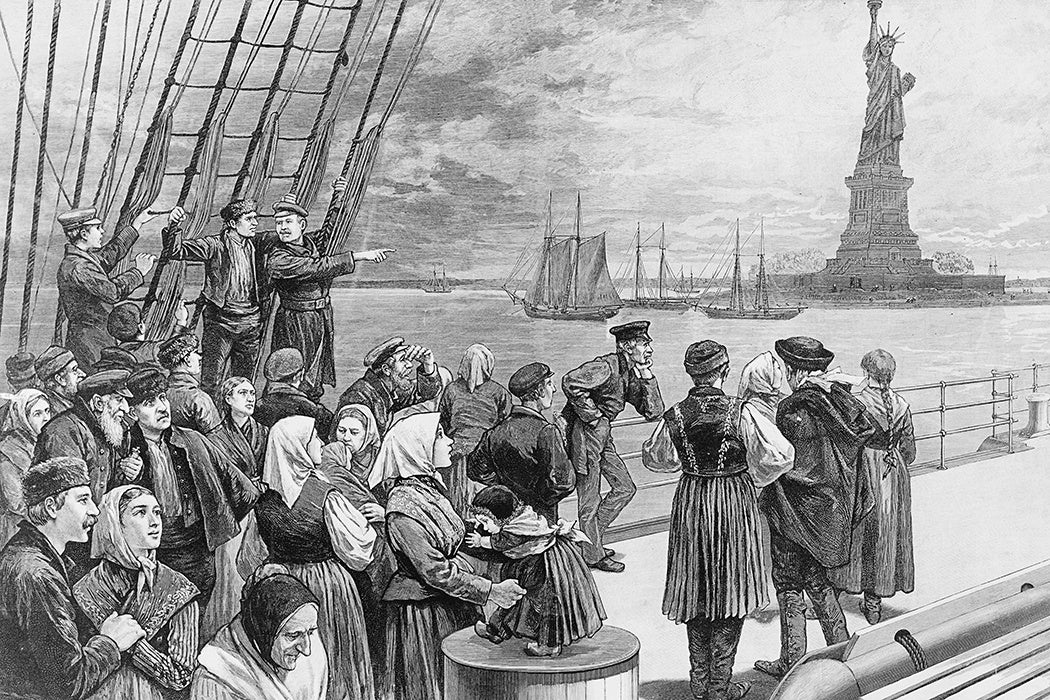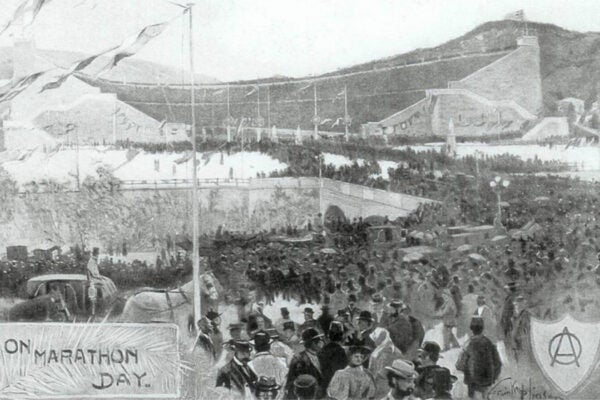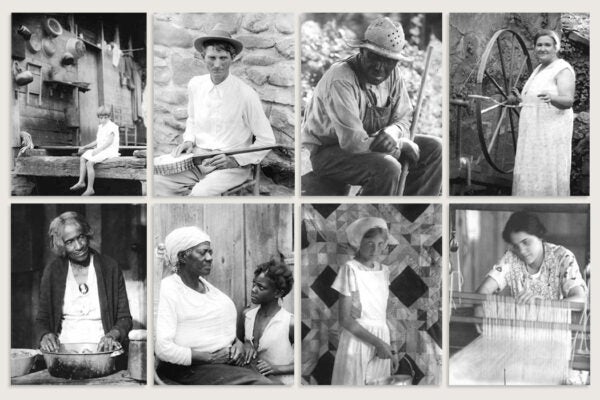In 1751, Benjamin Franklin classified the world’s population by color: there were black, tawny, swarthy, and white complexioned peoples on the globe. Some will be surprised to discover that Franklin listed the French, Germans, Russians, and Swedes among the swarthy. The only whites to his mind were the English and the Saxons.
The concept of “whiteness” has clearly changed since Franklin’s Anglo-Saxon day. Indeed, the basis of critical whiteness studies, which began to burst out of the academy in the 1990s, is that all racial categories are historical and political constructions, far from objective, and certainly a long way from the discredited racial science of the 19th century. Books like How The Irish Became White; Making Whiteness: The Culture of Segregation in the South; How Jews Became White Folks & What That Says About Race in America; and The Wages of Whiteness: Race and the Making of the American Working Class have examined the social, cultural, and political organization and categorization of the “white race” in American history.
This categorization expanded quite substantially after the Civil War. Initially, Irish, Slavs, Poles, Jews, Italians, Serbs, and other Southern and Eastern European immigrants were not quite white. Yet in becoming American, they became white or Caucasian—a term that is itself a piece of historical baggage, adapted from a German of the 1790s who believed the palest people came from the Caucuses. As Peter Kolchin notes, “Americans have had many ways of looking down on people without questioning their whiteness,” yet whiteness has served to unify a way of looking down on people who are not judged white.
In his critical review of “the new history of race in America,” Kolchin says that “at best these works have underscored the historical process of racial construction, showing how assumptions about race and races have changed over time and exploring human agency in the making of race.” While he challenges some of the perspectives and strategies of the authors under review, Kolchin notes that the new scholarship is “very much in line with the historical literature of the past four decades” on the conceptualization and reconceptualization of race through our history.
Weekly Newsletter
Kolchin notes three end perspectives in whiteness studies: that whiteness should be abolished, that whiteness should be reconfigured, that the whole notion of race in general should be abolished. Race may be a categorization we make, yet the need for these constructions have deep roots. Whiteness studies reveal how arbitrary those roots can be, suggesting as well that nothing is permanent.







